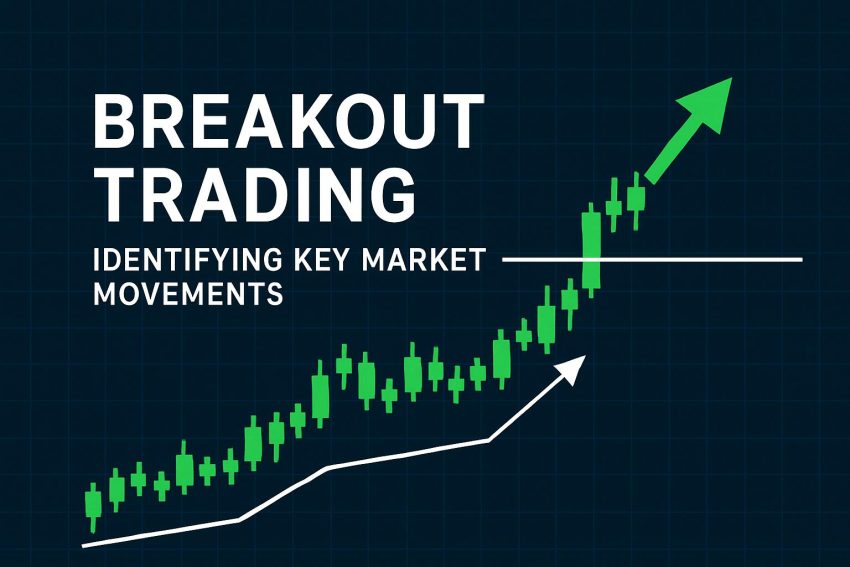Understanding Breakout Trading
Breakout trading stands as a cornerstone strategy within the realm of financial markets. This methodology has gained popularity due to its ability to assist traders in pinpointing pivotal market shifts. At its core, breakout trading involves initiating a position when the market price surpasses a predetermined level of support or resistance, possibly signifying the onset of a new market trend. The primary objective is to harness the momentum that generally accompanies these breakout periods.
Key Concepts in Breakout Trading
The foundation of breakout trading is built around the crucial concepts of support and resistance. In this context, support refers to a specific price level where buying pressure tends to sufficiently outpace selling pressure, thereby preventing the market price from declining further. On the flip side, resistance is a price level where selling pressure becomes significant enough to constrain any further upward movement in price.
A breakout materializes when the price breaks above a resistance level or dips below a support level, often accompanied by substantial trading volume. Such a move can act as a harbinger of a burgeoning trend or a continuation of a prevailing one, contingent upon the overarching market conditions. Traders endeavor to align their positions with the direction of the breakout with the intention of benefiting from potential price surges.
Volume as a Confirmation Tool
Volume serves as a pivotal component in corroborating breakouts. A surge in volume reflects a heightened level of conviction supporting the price movement, thereby bolstering the probability that the breakout will hold. Many traders view elevated volume as an endorsement of the breakout, which in turn lessens the likelihood of a false signal, or a situation where the breakout fails to sustain.
False Breakouts
False breakouts, colloquially known as whipsaws, occur when the price ostensibly breaches a support or resistance level but then promptly reverses direction. These instances can ensnare traders, potentially resulting in losses. To mitigate this risk, traders often incorporate supplementary indicators or await a confirmatory signal, such as a closing price above or below the breakout level on volume exceeding the average.
Tools and Indicators in Breakout Trading
Trading strategies that focus on breakouts are frequently supplemented by a variety of tools and indicators to enhance efficacy. Among these are moving averages, Bollinger Bands, and trendlines. Each of these instruments aids in identifying possible breakout points, affording traders added layers of confirmation prior to entering a trade.
Moving averages, for example, can assist in smoothing out price data to identify the trend direction, providing signals when a price crosses over the average, which can hint at a potential breakout. Bollinger Bands, on the other hand, measure market volatility and signal potential breakout points when the price breaches the upper or lower bands. Trendlines are used to plot the direction of a market, and their breakout can indicate a shift in trend.
These tools are integral in refining a trader’s strategy and offering insights that may not be immediately evident from price movements alone. For those intrigued by financial trading strategies, numerous resources and platforms are available to aid in learning. Resources such as Investopedia offer a wealth of knowledge, providing comprehensive guidance on implementing breakout trading as well as integrating it into a diverse trading plan.
In conclusion, breakout trading offers traders an opportunity to capitalize on significant price changes precipitated by breakouts in the financial markets. By mastering the principles of support and resistance, utilizing volume as a corroborative tool, and applying additional indicators to mitigate risks, traders can refine their strategies and potentially enhance their trading outcomes. This robust approach not only aids in maximizing returns but also in cautiously navigating the complexities of market dynamics.
This article was last updated on: August 31, 2025


